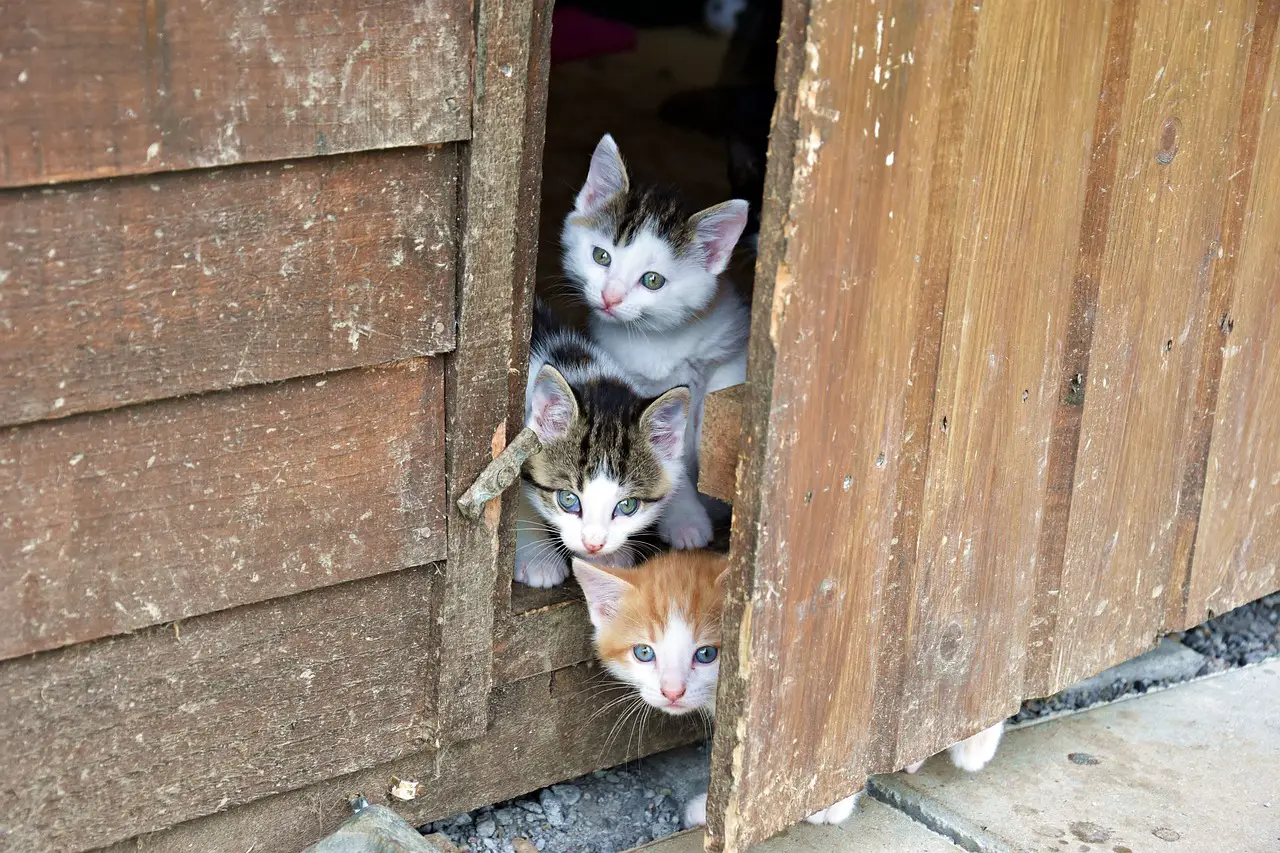Welcoming a pet into your home is a joyful and rewarding experience. However, with this joy comes the responsibility of ensuring their safety and well-being. Pet-proofing your home is crucial to prevent accidents and create a pet-friendly environment. In this comprehensive safety guide, we’ll explore essential steps and tips to help you pet-proofing your home, ensuring a happy and secure space for your furry friend.
You may also want to read about the best dog treats.
Identifying Potential Hazards
Before diving into pet-proofing, it’s essential to identify potential hazards that could pose a threat to your pet’s safety. These hazards can vary depending on the type and size of your pet. Here are some common hazards to watch out for:

Toxic Substances
- Household Cleaners: Cleaning products, such as bleach and window cleaners, can be toxic if ingested by pets.
- Plants: Many common indoor plants, like lilies and poinsettias, are toxic to pets.
- Human Medications: Over-the-counter and prescription medications should be kept out of reach of pets.
- Chemicals: Antifreeze, pesticides, and certain solvents are highly toxic to pets.
Small Objects
- Choking Hazards: Small objects like coins, buttons, and children’s toys can be swallowed by curious pets, leading to choking.
Electrical Cords
- Chewing Hazards: Electrical cords can be tempting for pets to chew on, posing both electrical and choking risks.
Food Items
- Toxic Foods: Some human foods, like chocolate, grapes, onions, and garlic, can be poisonous to pets.
- Bones: Cooked bones can splinter and harm your pet’s digestive tract.
Trash and Garbage
- Trash: Garbage cans with accessible lids can provide tempting scavenging opportunities for pets.
Small Appliances
- Appliances: Small appliances like blenders or toasters may have enticing smells or sounds, attracting your pet’s curiosity.
Pet-Proofing Your Home
Now that you’re aware of potential hazards, let’s explore room-by-room pet-proofing tips to make your home safe for your furry companion.
Living Room
- Secure Electrical Cords: Use cord protectors or hide cords behind furniture to prevent pets from chewing on them.
- Remove Small Objects: Keep small objects like remote controls and small decorative items out of reach.
- Anchor Heavy Furniture: Ensure that heavy furniture is securely anchored to prevent pets from knocking it over.
Kitchen
- Secure Cabinets: Use childproof latches on cabinets to keep pets away from cleaning products and food items.
- Keep Trash Secure: Use a pet-proof trash can or place the trash in a cabinet with a childproof latch.
- Avoid Toxic Foods: Store toxic foods out of reach and educate family members about not feeding pets from the table.
Bedroom
- Secure Small Items: Keep jewelry, hair ties, and other small items in drawers or on high shelves.
- Secure Access to Windows: Ensure that windows are securely closed or use window screens to prevent pets from falling.
Bathroom
- Store Medications Securely: Keep all medications in a secure cabinet.
- Secure Trash: Use a pet-proof trash can to prevent pets from accessing used hygiene products.

Laundry Room
- Keep Detergents and Cleaners Away: Store laundry detergents and cleaning products in cabinets with childproof latches.
- Check for Small Items: Before starting the washing machine or dryer, check for small items like socks that your pet may have hidden.
Garage and Yard
- Remove Toxic Chemicals: Store chemicals in a locked cabinet or on high shelves.
- Secure Trash and Recycling Bins: Ensure that your outdoor trash and recycling bins are secure to prevent pets from rummaging through them.
- Inspect for Escape Routes: Regularly inspect your yard for potential escape routes or hazards, like holes in the fence or toxic plants.
General Pet-Proofing Tips
In addition to room-specific precautions, there are general pet-proofing tips that apply throughout your home:
Provide Safe Toys
- Ensure that your pet has access to safe, durable toys to prevent them from chewing on inappropriate items.
- Rotate toys to keep your pet engaged and prevent boredom.
Supervision
- When introducing your pet to a new area of your home, supervise them until you’re confident that it’s safe.
- Be particularly watchful during their exploration phase as puppies and kittens are naturally curious.
Use Baby Gates
- Baby gates can be used to restrict access to certain rooms or areas in your home, such as the kitchen or stairs.
Install Cabinet Locks
- Cabinet locks or childproof latches can be used in rooms with hazardous materials or objects.
Consider Elevated Food and Water Bowls
- Elevating your pet’s food and water bowls can help prevent them from tipping over or spilling.
Block Off Stairs
- If you have stairs, consider using pet gates to prevent falls, especially for small or elderly pets.
Keep the Toilet Lid Down
- Dogs and cats may drink from the toilet, which can be unsanitary. Keep the lid down to prevent this behavior.
Outdoor Pet-Proofing
If you have a backyard or outdoor space for your pet, there are specific measures you should take to ensure their safety:
Secure Fencing
- Ensure that your fencing is secure and that there are no gaps or holes through which your pet could escape.
- Consider adding a padlock to the gate for added security.
Remove Toxic Plants
- Identify and remove any toxic plants from your yard, as some pets may nibble on them.
Pool Safety
- If you have a pool, consider installing a pool fence or cover to prevent accidents.
- Ensure that your pet knows how to safely exit the pool if they accidentally fall in.
Flea and Tick Control
- Keep your yard free from fleas and ticks by regularly treating your pet and the outdoor space.
- Remove tall grass and brush, as these can be hiding spots for ticks.
Emergency Preparedness
In addition to preventative measures, it’s essential to be prepared for emergencies:
Pet Identification
- Ensure your pet has proper identification, including a collar with an ID tag and a microchip with up-to-date contact information.
Emergency Kit
- Prepare an emergency kit for your pet with essential supplies, including food, water, medications, and copies of medical records.
Know Your Neighbors
- Share information about your pet with your neighbors in case your pet ever escapes or gets lost.
Conclusion
Pet-proofing your home is a vital step in creating a safe and secure environment for your furry family member. By identifying potential hazards, taking room-specific precautions, and following general pet-proofing tips, you can significantly reduce the risk of accidents and ensure your pet’s well-being. Remember that each pet is unique, so it’s essential to adapt your pet-proofing measures to their specific needs and behaviors. With careful planning and attention to detail, you can provide a loving and safe home where your pet can thrive and enjoy a happy life by your side.
